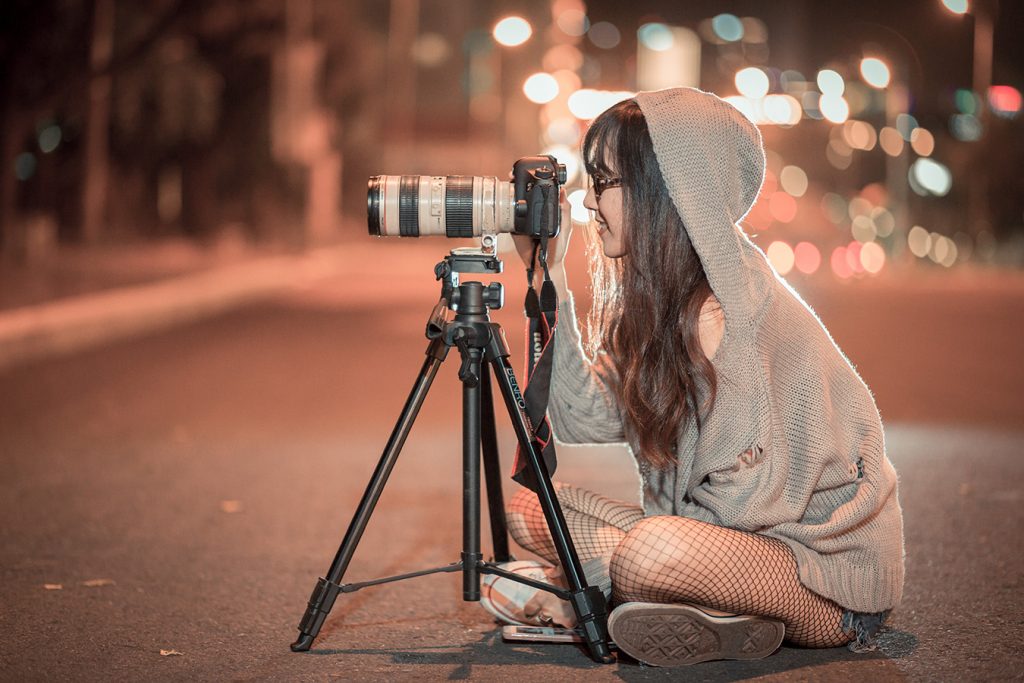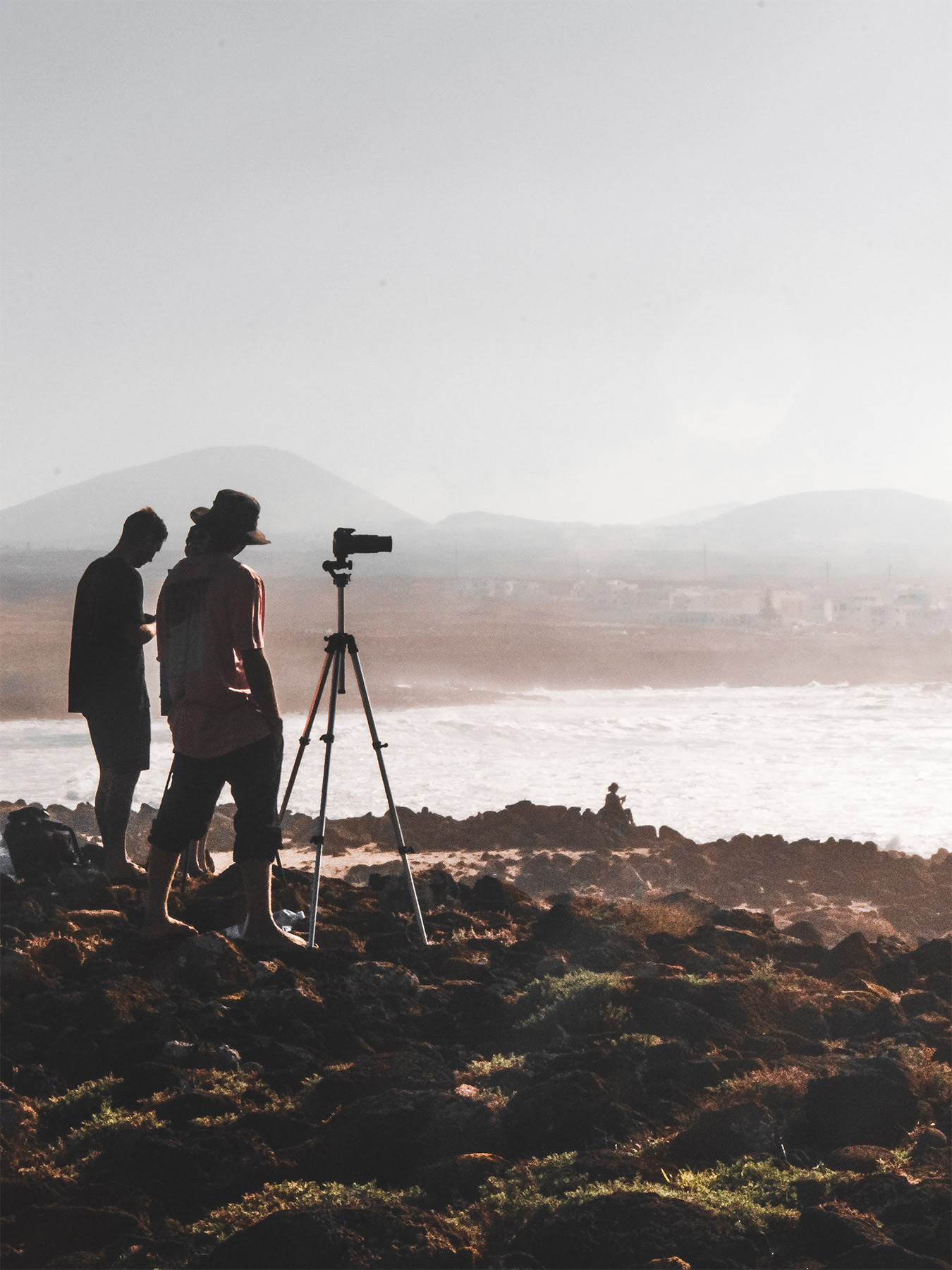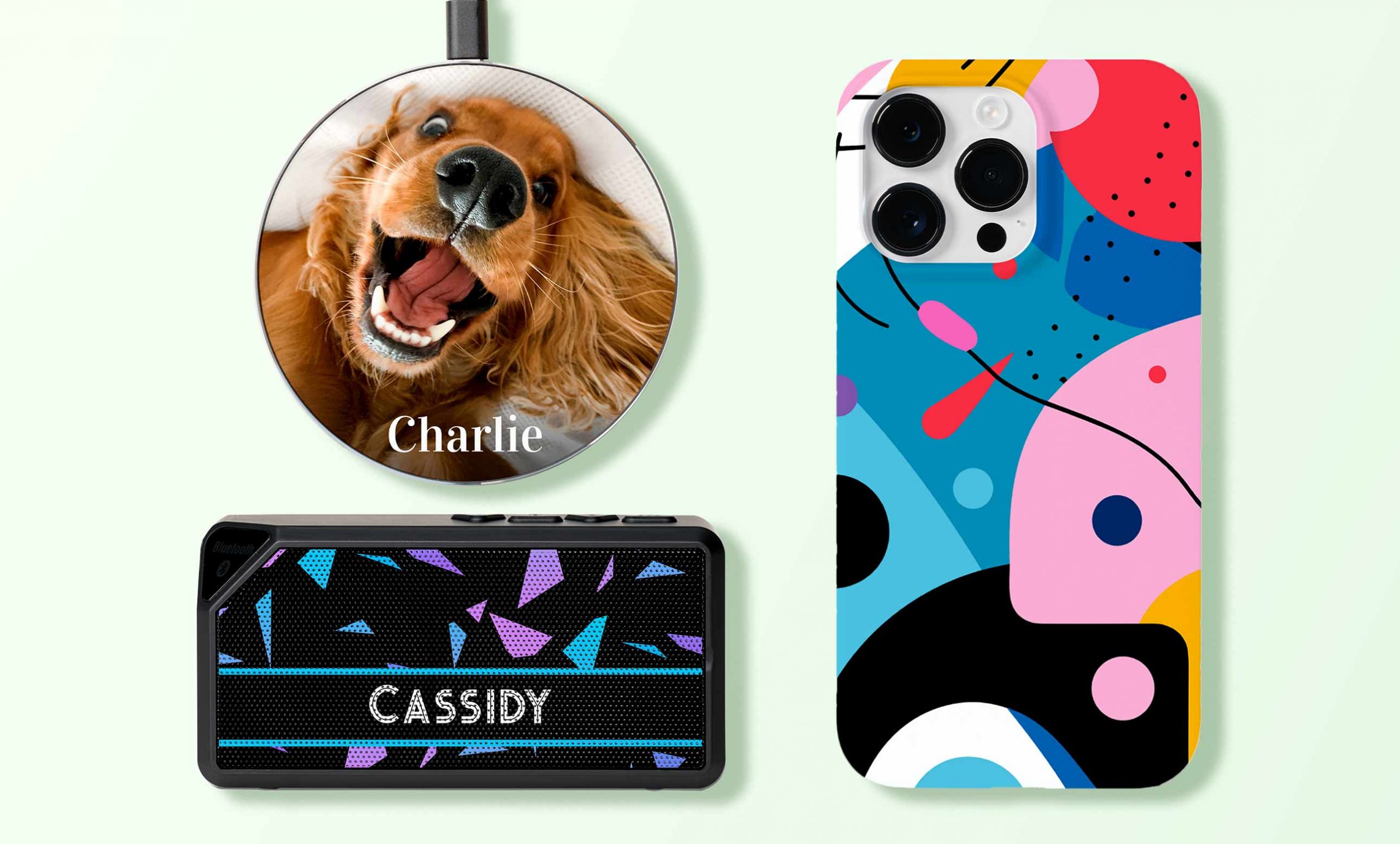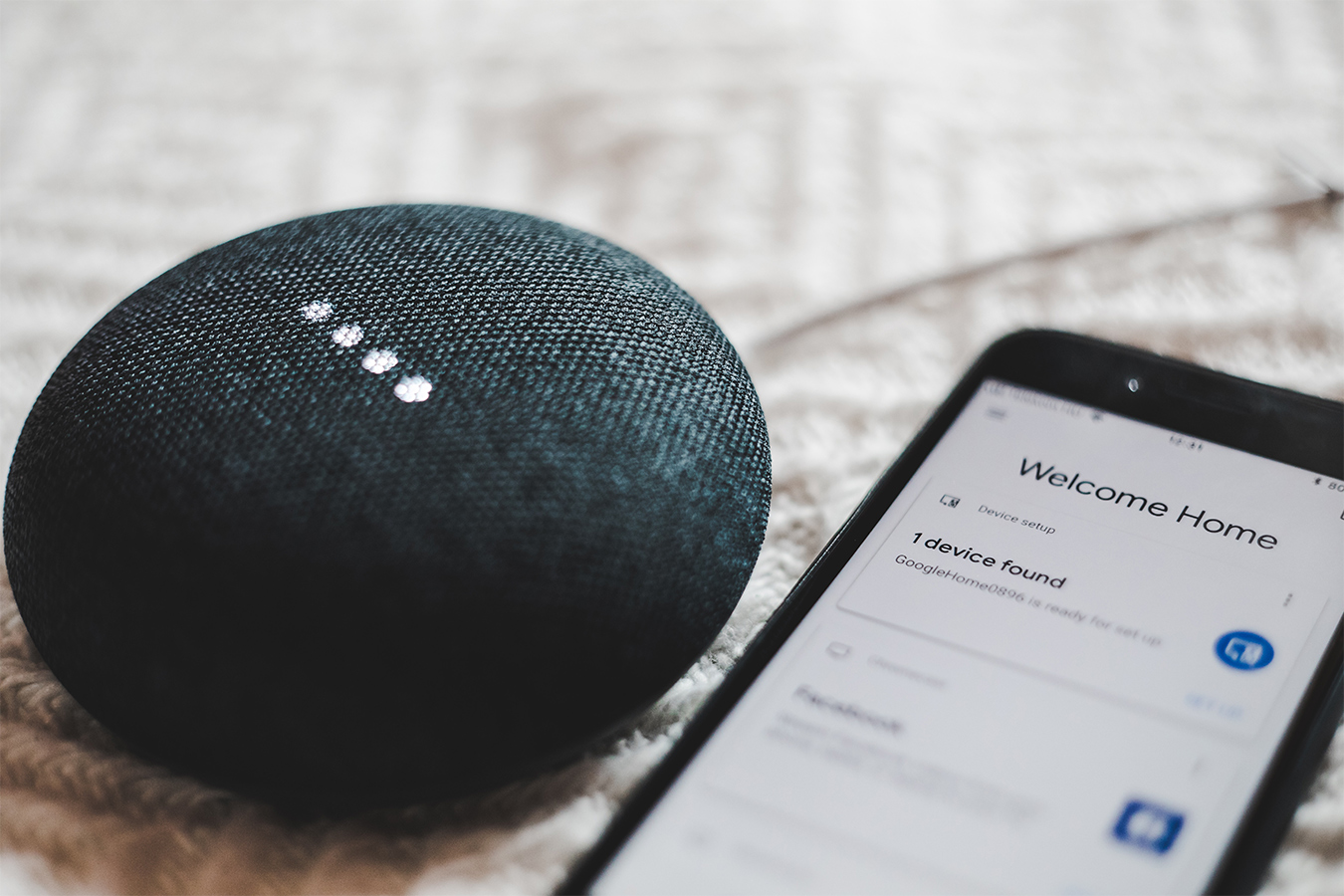Whether you’re a budding photographer or an expert, it’s important to have the right accessories on hand to ensure a great shot every time. Determining which accessories to purchase, however, can take some research. Before you check out a local specialty retailer, take a moment to go over the essentials, no matter what type of camera you use.
Camera Bag
While you don’t need an actual camera bag, it’s still smart to invest in some type of protective holder. Even smaller cameras that may not seem in need of much cushioning can benefit from thick padding. A camera bag is necessary if you plan on walking around town or going on vacation. If you’re taking your newfound photography skills on the road, you’ll be grateful for the barrier the bag provides between your camera and the outside world.
Lenses
A good basic lens is a 50mm, and you can trust it to handle most shots with ease. However, as your photography skills grow, you might find that you’re ready to branch out and take more complex pictures. In order to take those photographs, you need lenses that accommodate your subjects. If you’re taking pictures of a vast, hilly landscape in the European countryside, for example, you won’t get very far using a standard lens. You’ll need a wide-angle lens with a focal length under 35mm to properly convey every single detail. On the other hand, if you’re photographing wildlife or a sporting event from afar, you’ll need a telephoto lens between 70 and 200mm.
Tripod
You’ll realize very quickly that a tripod is one of the most essential camera accessories. It’s designed to hold your camera steady so that you can take the shot of your dreams without worrying about shaky, blurry images. Avoid the temptation to purchase something inexpensive, because a high-quality tripod is one of the best investments that you can make, both for longevity and for the quality of your pictures.

Shutter Release
No matter how sturdy and dependable your tripod is, it can still shake if you’re taking long-focus lens shots at reduced shutter speeds. Even the slightest movement or vibration can result in a foggy picture that looks nothing like what you expected. A remote shutter release allows you to take the photograph without ever touching the camera, and it can greatly broaden your ability to take pictures you might not otherwise consider. You can remain at a safe distance from a tricky or potentially dangerous subject and still take a quality photograph.
Filters
In an age where digital editing can make any image look like a glossy, highly-transformed version of itself, it may seem that filters no longer hold much importance. Traditional filters, however, can be invaluable in your quest to take unforgettable pictures. The polarizing filter, for example, enriches colors and reduces glare to create more impressive contrasts—ideal for bringing nature and wildlife shots to life. Many professionals also highly recommend investing in UV filters because they lock out UV rays that might otherwise leave a filmy haze on your images.
Light Reflectors
Lighting is easily one of the trickiest elements to master for budding and established photographers alike. You often need a few tricks of the trade to help you along the way. Key among those are light reflectors, which step in to save the day when it’s so sunny outside that you can just barely detect your subject through the lens. When positioned properly, reflectors divert light in a way that properly illuminates what you’re trying to photograph. The types of artificial reflectors that photographers rely on the most include white, or foam, which lends the photo a more even appearance; gold, to add a bit of warmth to human skin tones; and silver, to brighten up dark spots.

From Weddings to Tech, our Zazzle Contributors are experts on a wide variety of topics and information. We hope their advice and ideas will help you be inspired!




